With Cemeteries Closed, Here’s How Filipinos Are Honoring the Dead
October 29, 2020This time last year, Honey Reñola, 43, was busy taking calls from families that employ her as a caretaker in a Manila cemetery. They relayed instructions to prepare and spruce up the graves and mausoleums of their dead relatives. In a matter of days these families, and many others like them, would descend en masse as part of one of the Philippines' biggest annual holidays, and perhaps one of the most unique observances of the dead anywhere in the world.
As part of Christian tradition, Filipinos pay respects to the dead on All Saints’ Day, which falls on Nov. 1 every year. But in 2020, Reñola’s phone is mostly silent. Millions of Filipinos have been barred by the government from making their annual trek to the cemetery to hold picnics and sleepovers with their dead relatives. It’s an effort to prevent the spread of COVID-19. The Philippines has struggled with the pandemic and has one of the largest outbreaks in Southeast Asia with over 370,000 infections to date.
“This is one of the few things that we wait for and then it gets cancelled,” Reñola said with a halfhearted smile as she stared into her bag of chips.
She works at the Manila North Cemetery, or more famously known as ‘Norte.’ Opened in 1904, Norte is one of the oldest and largest public cemeteries in the country. The 54-hectare burial ground is the final resting place to the very rich — including several former presidents entombed in grand, concrete mausoleums — down to the poorest of the poor, who end their days sealed in temporary ‘apartments tombs’ stacked several stories high. It has also become infamous over the years for the thousands of caretakers like Reñola, and their families, who live year-round among the dead.
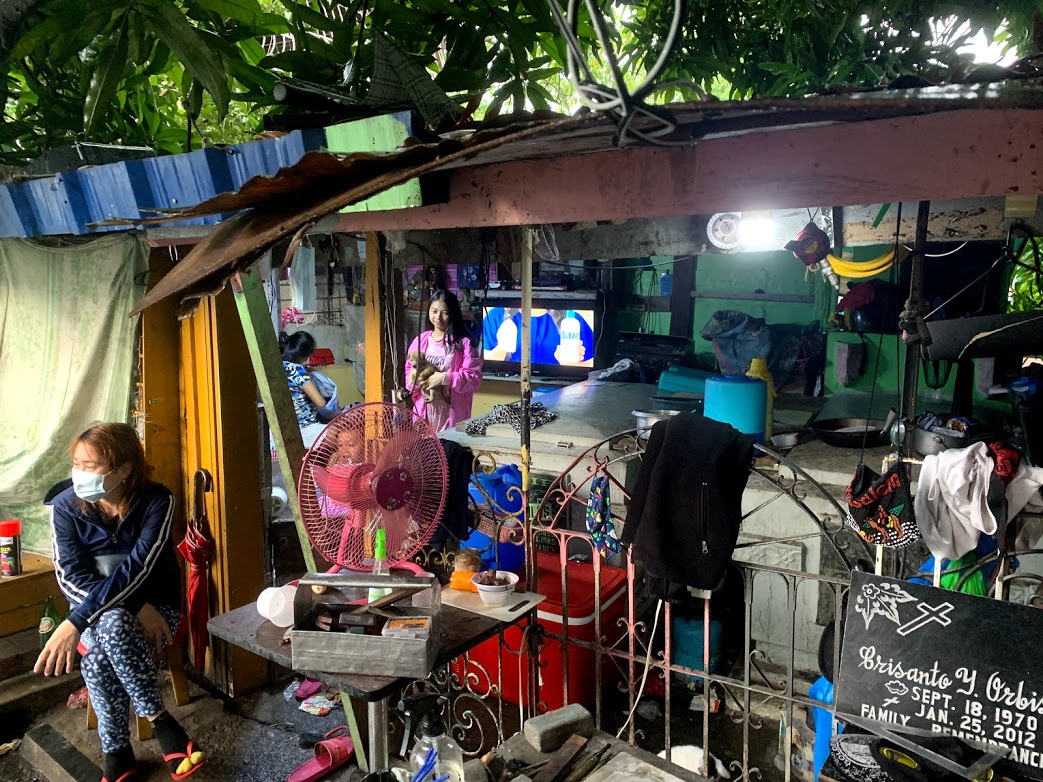
Like the other caretakers in Norte, Reñola earns around $10 a month from each family, to routinely clean tombstones and crypts. On special occasions like ‘Undas,’ the local name for the back to back observances of All Saints Day and All Souls Day, held on Nov. 2, she earns additional income giving the graves extra attention with new paint, repaired engravings, and a good scrubbing of the tiled floors.
After the fix-ups come throngs of the faithful, pouring into cemeteries to visit their departed relatives. They light candles to ward off evil spirits and say a prayer. But mostly, they hang out and do the things the dead liked to do — play cards, eat a favorite food, drink a favorite libation, play music, watch a movie, and even camp overnight. The children play and make little balls out of melted candle wax, while the adults reminisce, share a meal, and nap.
But this year the dead, and the people who take care of them, will have no visitors.
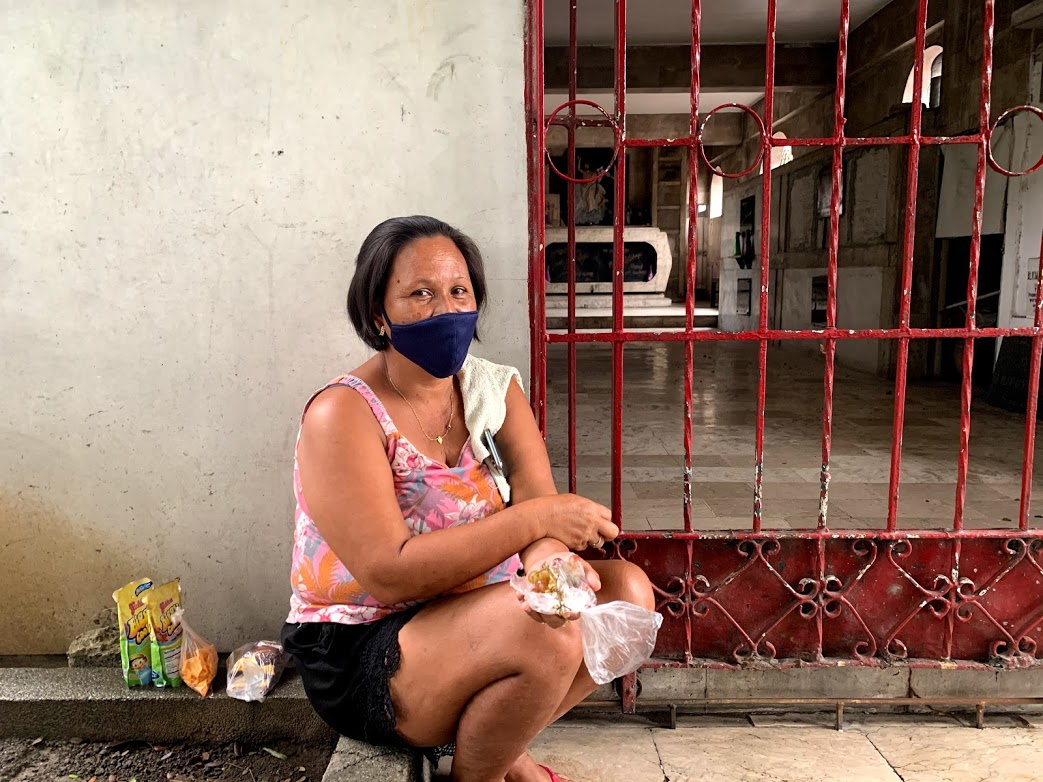
“That’s why we are sad that this pandemic has come,” Reñola said.
“We are usually happy here on All Souls Day and All Saints Day. There’s so many people inside visiting the cemetery on those days. It’s the one holiday we wait for.”
A few blocks away in another corner of Norte, Reynaldo Cortez, 57, spends a gloomy and rainy weekday afternoon sweeping up around several large concrete tombs. A second generation caretaker who has worked inside Norte for 30 years, Cortez manages over 90 graves, including those of veterans from the Philippine-American War in the late 1800’s, and other famous Filipino personalities. Cortez remembers last year’s Undas filled with families lounging on top and around the tightly packed graves.
“Almost every single tombstone and grave had people hanging out,” Cortez said. “It’s a huge loss. I am only making 50 percent of what I used to make. None of the families have asked me to make new tomb stones or even benches for them to sit on. It’s usually a yearly tradition to fix stuff up for the holiday.”
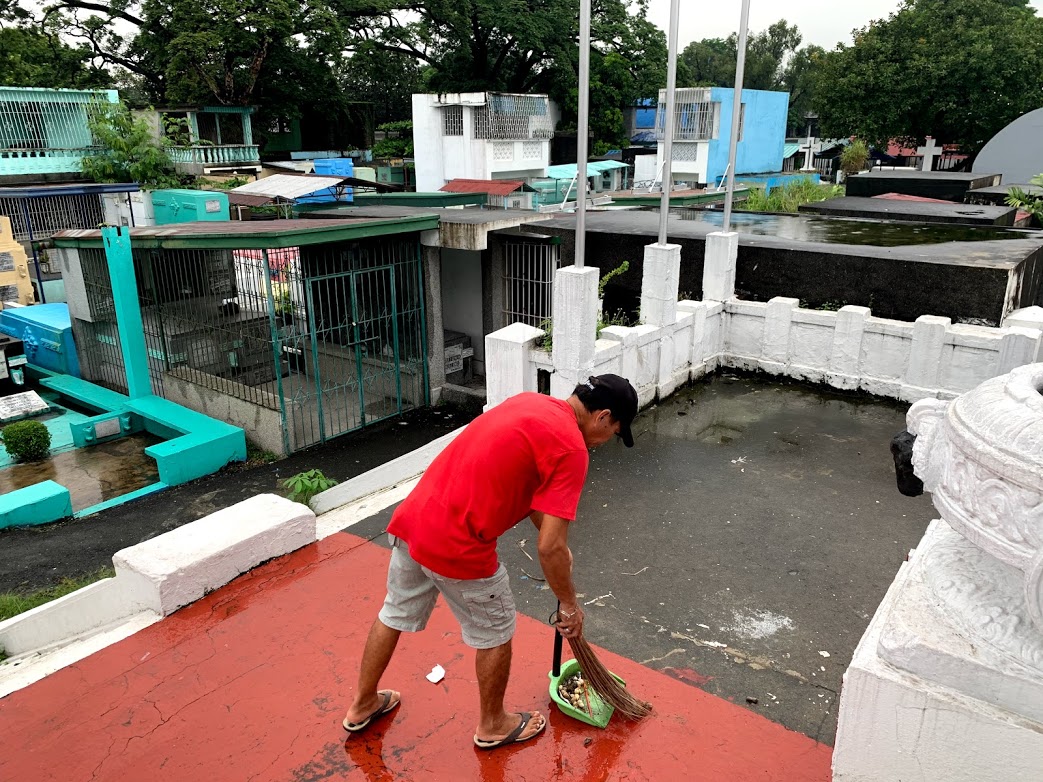
Across town at Manila Memorial Park, a more affluent and private cemetery where caretakers and vendors are not allowed to live inside, the usual late October and early November crowds that flock the more secluded burial grounds will also be absent this year. For flower vendors like Brigido Inot, 67, who owns a small roadside eatery and has been selling flowers to cemetery goers for over 20 years, this is a rare sight to see. Inot said he sold 50 flower arrangements by noon everyday this time last year. Now, the number dropped to three.
“We were shocked when they told us Manila Memorial is closing,” Inot said. “We’ve explained to customers that we’ve had to raise prices of our flowers so we can recover from the loss. Just so we can earn something for us to be able to eat. In this crisis there is no money, no income, and our economy has really plummeted.”
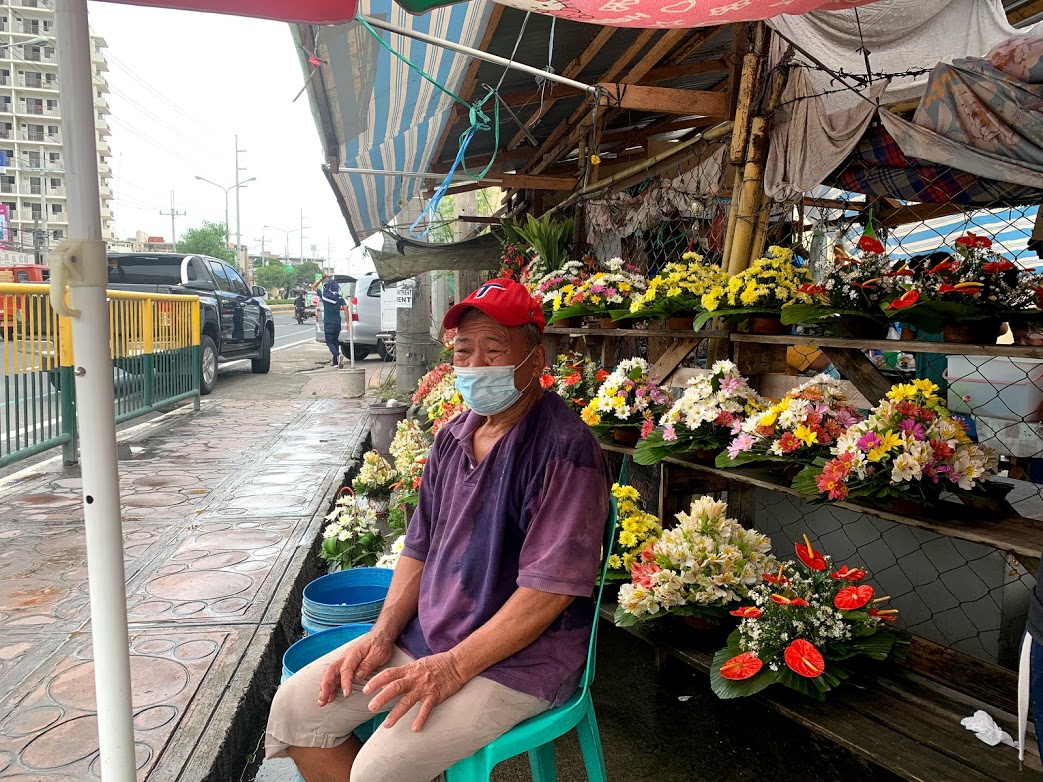
The Philippines is home to the world’s third largest Catholic population with around 80 percent of its over 100 million population part of the faith. But death and burial rituals are not confined to the religion. There are a dizzying array of traditions that date back to the archipelago’s pre-colonial history, many of which are still practiced today alongside Catholic traditions.
“We have age-old practices of honoring ancestors,” said Hermel Pama, a priest and professor of philosophy and anthropology in Christianity at the University of Santo Tomas and the University of The Philippines.
“When we received Christianity (from Spain in the early 16th century) and when we received the Catholic faith, we (Filipinos) already had cultural practices of honoring ancestors. In other words, going to the cemetery is just an external ritual. In fact, for the most part, there are home-based or family-based rituals. So if people are prevented from going to the cemetery, it might not be a big issue.”
In his home province of Albay, in the southern part of Luzon island, Pama and his family practice a ritual centered around the home called ‘sagugurang,’ which means elderly or ancestor. Sagugurang entails asking the eldest in the community to invite the spirits of the dead inside their home to eat with the living. Pama recalls his great grandmother asking him to stand and wait for five minutes to allow the spirits to enter their home, before they can start feasting.
Pama’s story is backed up by countless similar and unique home-based burial and death rituals throughout the country. In the northern Philippines, the Indigenous people of Benguet province blindfold their dead and place them seated on a chair next to a house’s main entrance for eight days after death. The Apayao people from the Cordillera Mountains, also in northern Luzon, bury their dead relatives underneath the kitchen inside their home.
As it is practiced today, Undas is considered an important Catholic tradition, as big as Christmas and Easter. The social aspect that Filipinos celebrate it with, however, clearly reflects pre-colonial traditions. Pama describes the close relationship of Filipinos with their ancestors as a type of union that gives them access to the dead, as if their departed relatives are not really gone.
“There's a cultural construction of myths around honoring the dead,” he said. “It’s really not death or nothingness and instead a notion of intimacy.”
Rochelle Romero, a publicist and business owner from Manila, was looking forward to spending time in the cemetery this year. This would have been her second year visiting her father, who had passed away just before the Undas holiday last year. Her dad, a former Philippine Military veteran, is buried in the Heroes’ Cemetery in Metro Manila. Last year, with her father’s recent death fresh on her mind and emotions, Romero and her family set up a tent beside a newly constructed grave, brought a buffet of different food, and spent the whole day at the cemetery.
“Ever since I was kid it was sort of a celebration for us,” Romero said.
“It’s a tradition for our family that instead of spending it at home praying, we’d rather be at the cemetery because we feel that we are beside our departed loved ones.”
“This is really the first time someone from my immediate family has passed away. It was very emotional for us. Spending it there the whole day at the cemetery is like having him beside us. It was sort of a bonding moment for our family. So it’s kind of disappointing because we had some plans again to actually be there.”
This year, with the Heroes’ Cemetery closed on Undas, Romero and her family decided to visit her father a week before the holiday, complete with a socially distanced mass administered by a priest. They then threw a feast at home with some of her dad’s favorite food, including a roasted pig.
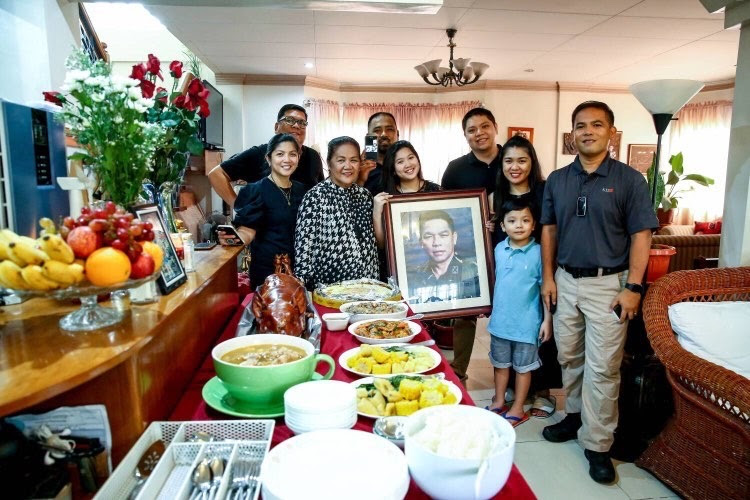
Like Romero, many Filipinos are learning to adapt. Some have visited the cemetery a week earlier, some will attend a mass, others will have caretakers light candles on the graves of their loved ones on their behalf, and some will spend the holiday having a feast at home.
There will, no doubt, still be sadness among caretakers and vendors whose livelihoods have been affected, and families who can’t be with their loved ones on the important holiday.
But in the Philippines, where ancient rites and Catholicism often freely intermingle, the way for the living to get through this time will be to keep the dearly departed nearby with something even their ancestors could understand.
“What’s really important is the internal attitude,” Pama said. “How we relate to our loved ones, how we honor them, and how we remember them from our own inner attitudes.”
